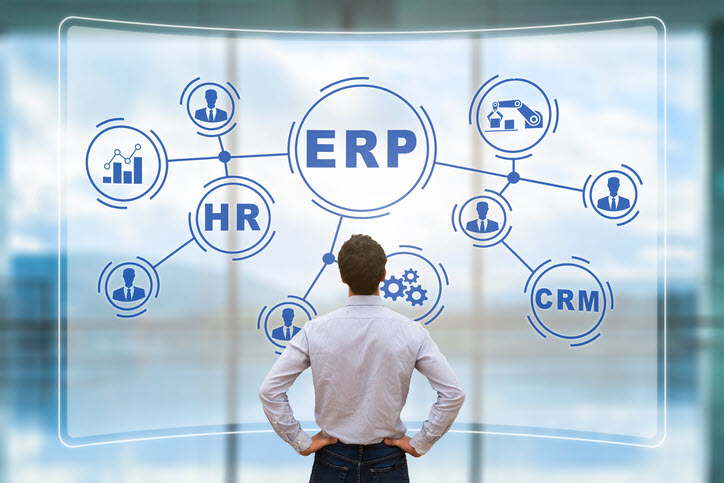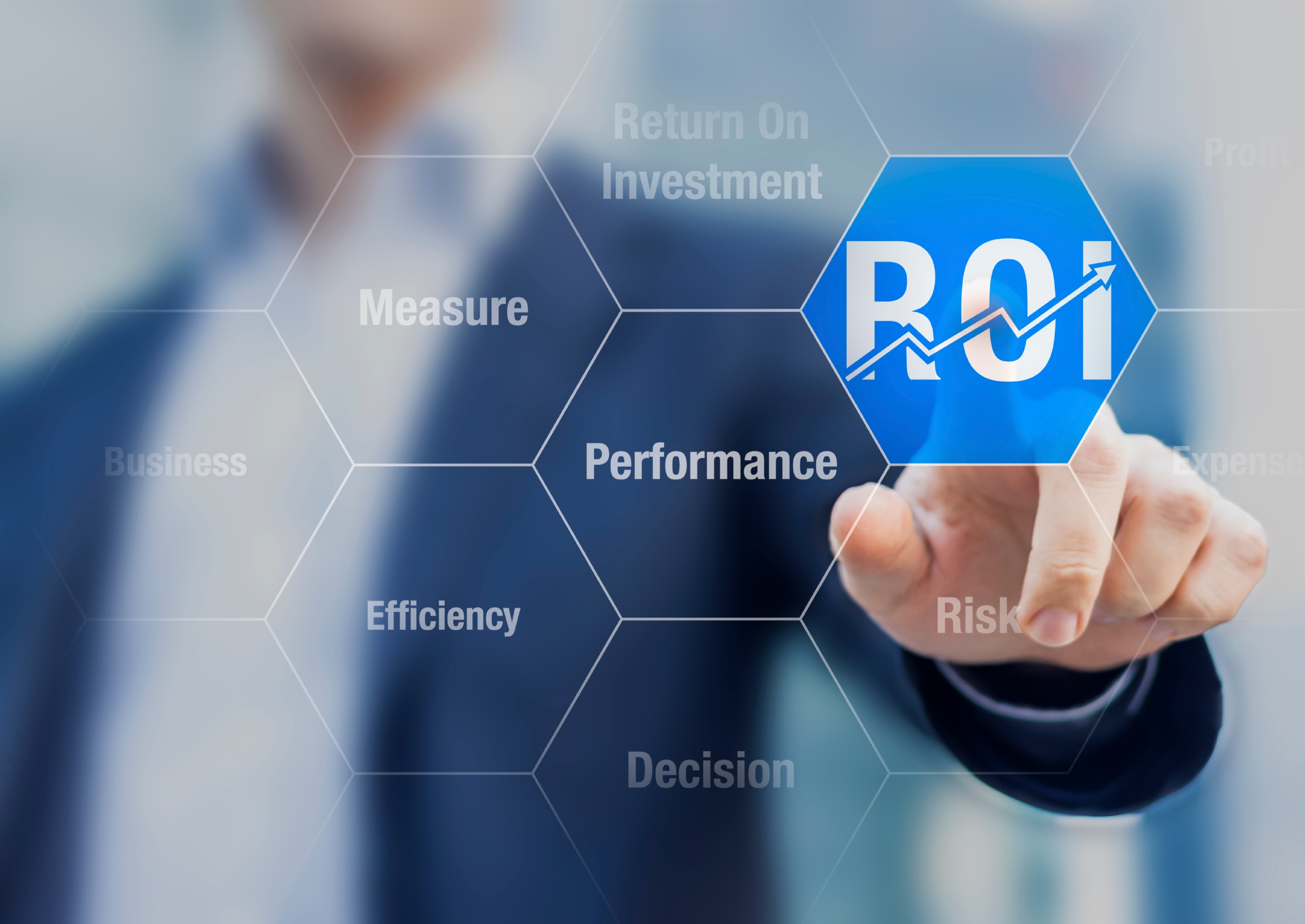Covering everything from production volume to the complexities of warehouse management, these metrics are a vital tool for managing the complex workflows of a manufacturing operation.
PSGi works closely with our clients to manage the software necessary to utilizing metrics as effectively as possible. This blog provides a quick introduction: you can view our comprehensive guide here.










